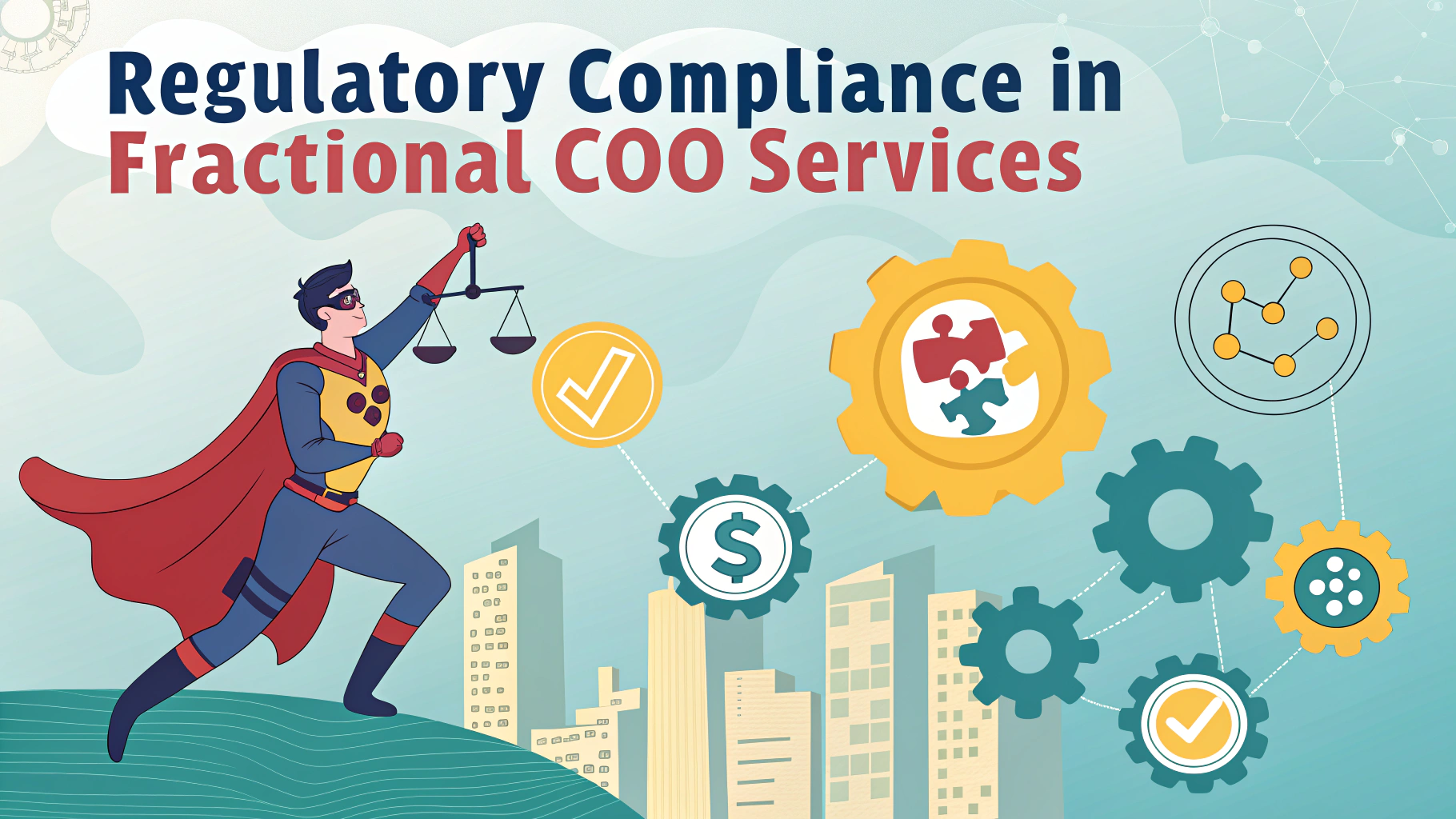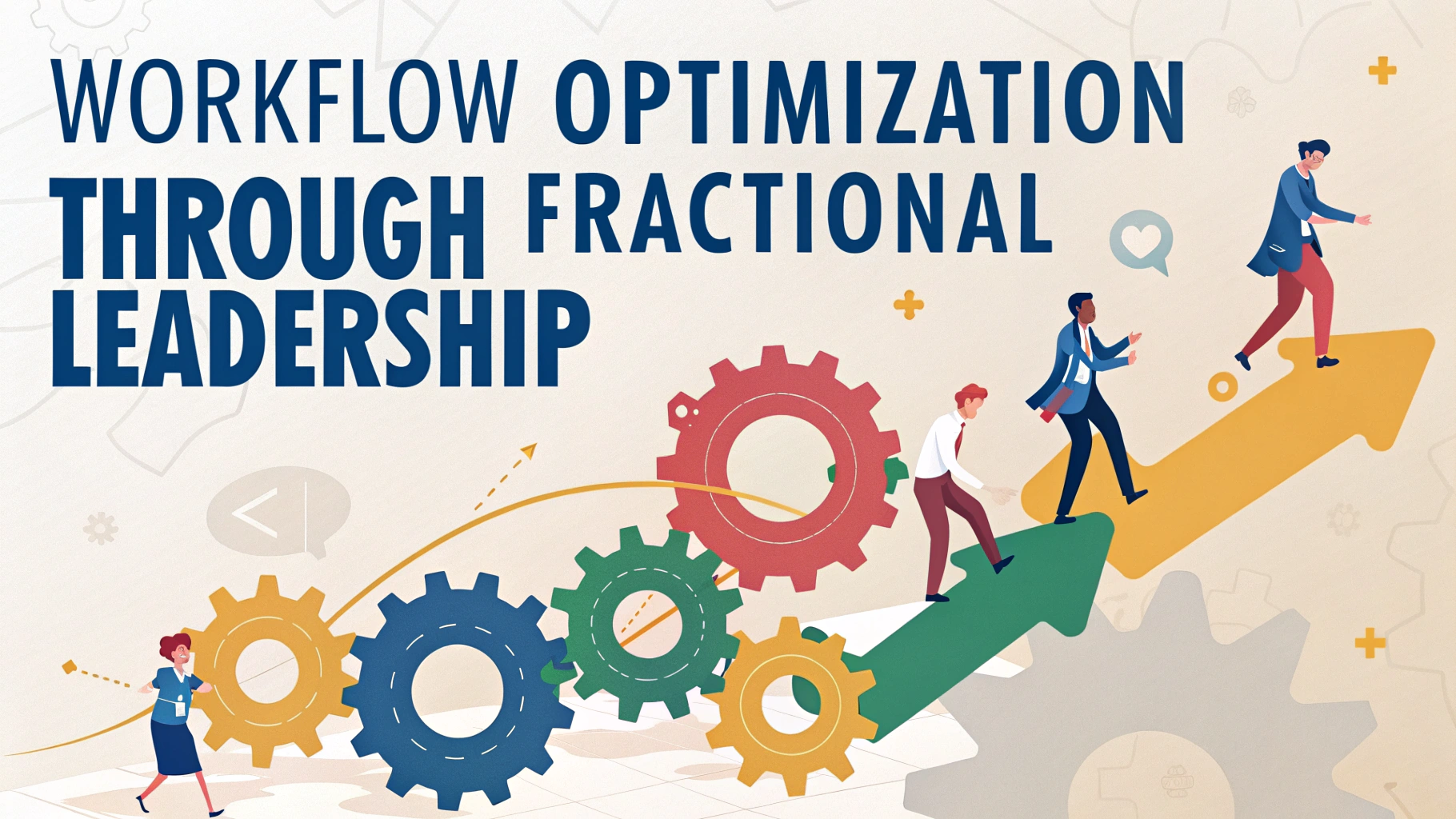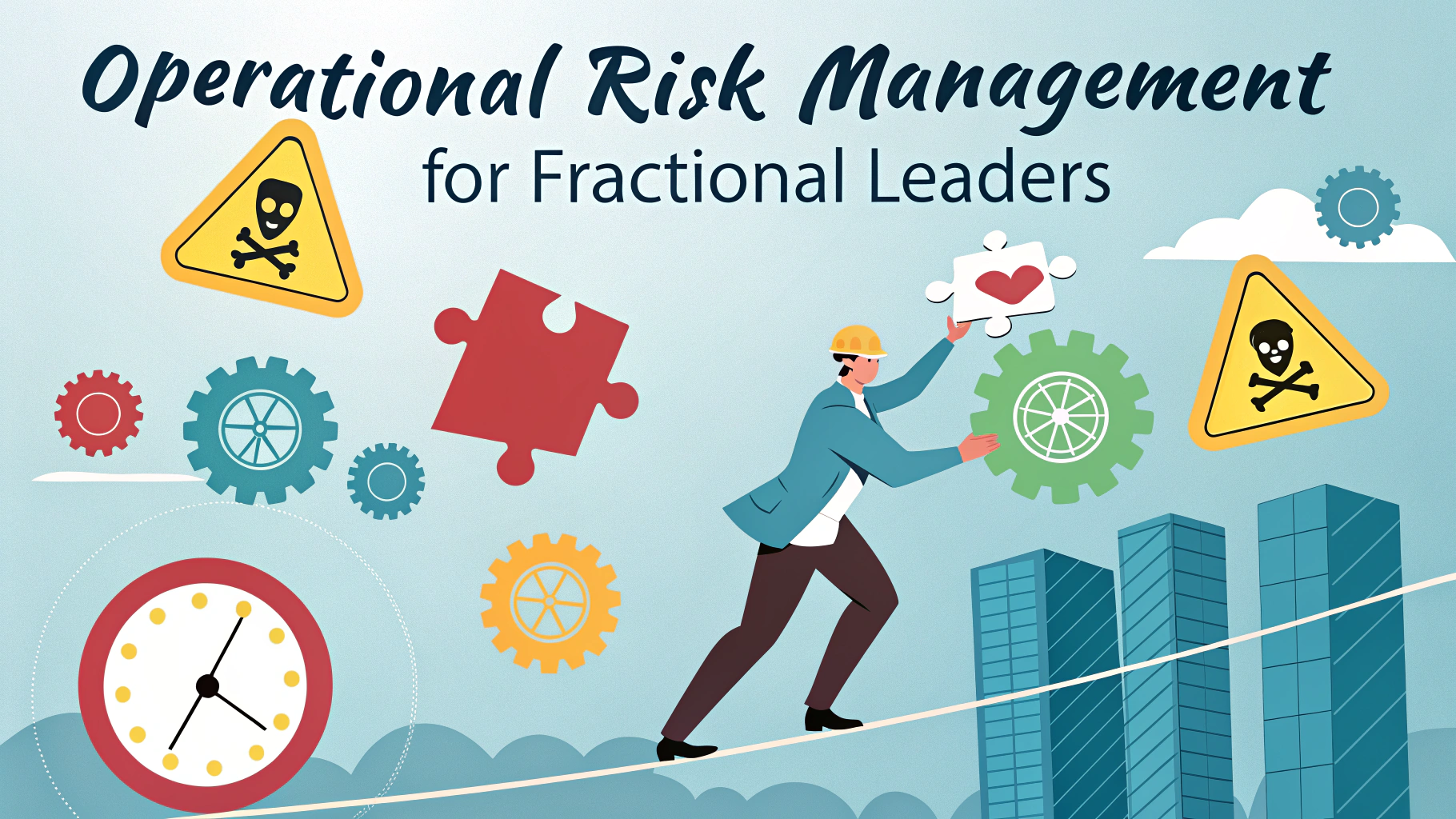The roles of Chief Executive Officer (CEO) and President/Chief Operating Officer (COO) represent distinct positions at the top of organizational hierarchies.
Understanding the differences between these roles helps clarify reporting structures and leadership responsibilities within companies.
This guide examines the key distinctions, responsibilities, and relationships between these executive positions.
Key Differences Between CEO and President/COO
- CEO focuses on overall strategy and vision
- President/COO handles day-to-day operations and execution
- CEO reports to the Board of Directors
- President/COO typically reports to the CEO
CEO Primary Responsibilities
- Setting company vision and long-term strategy
- Making final decisions on major corporate matters
- Managing board relations and shareholder communications
- External representation with stakeholders and media
- Capital allocation and major investment decisions
President/COO Primary Responsibilities
- Overseeing daily business operations
- Implementing strategies developed by CEO
- Managing department heads and operational teams
- Developing operational policies and procedures
- Monitoring performance metrics and KPIs
Reporting Structure
| Position | Reports To |
|---|---|
| CEO | Board of Directors |
| President/COO | CEO |
| Department Heads | President/COO |
When Companies Need Both Roles
- Large organizations with complex operations
- Companies in rapid growth phases
- Businesses with multiple divisions or locations
- Organizations requiring strong operational oversight
Common Variations in Role Structure
Some companies combine the CEO and President roles into one position.
Other organizations might have multiple presidents overseeing different divisions while maintaining one CEO.
Smaller companies often have a CEO but no COO, with department heads reporting directly to the chief executive.
Next Steps for Organizations
Organizations should evaluate their size, complexity, and growth plans when determining their executive structure.
Regular review of role responsibilities ensures efficient leadership and clear accountability.
Companies can contact executive search firms like Spencer Stuart or Korn Ferry for guidance on executive structuring.
Executive Role Evolution
- Roles may change as organizations grow
- Executives can transition between positions
- New positions may emerge based on business needs
- Traditional hierarchies may flatten in modern companies
Qualifications and Experience
- CEO typically needs broader strategic experience
- COO requires strong operational background
- Both roles demand leadership capabilities
- Industry expertise requirements vary by company
Measuring Success
CEO Success Metrics
- Stock price performance
- Market share growth
- Strategic objectives achievement
- Stakeholder satisfaction
COO Success Metrics
- Operational efficiency
- Cost management
- Project completion rates
- Team performance indicators
Future of Executive Leadership
Organizations must adapt leadership structures to meet changing business environments.
- Digital transformation impacts role requirements
- Remote work influences organizational structure
- Sustainability goals affect leadership priorities
- Global operations demand diverse skill sets
Creating Effective Leadership Alignment
Clear role definition and strong communication channels ensure organizational success.
- Regular leadership team alignment sessions
- Documented responsibilities and authority limits
- Structured decision-making processes
- Integrated performance management systems
FAQs
- What is the difference between a CEO and President?
A CEO is typically the highest-ranking executive responsible for overall strategy and major decisions, while a President may report to the CEO and handle day-to-day operations. However, in some organizations, the titles can be interchangeable. - What is a Chief Operating Officer (COO) responsible for?
A COO is responsible for overseeing daily operations, implementing business strategies, and managing organizational processes. They typically report directly to the CEO. - Can one person hold both CEO and President positions?
Yes, in many organizations, especially smaller ones, one person can hold both titles as CEO and President simultaneously. - What is the typical reporting structure between CEO, President, and COO?
Generally, the COO reports to the CEO, and if there’s a separate President, they often report to the CEO as well. However, organizational structures can vary by company. - Who has more authority – the CEO or COO?
The CEO has more authority than the COO. The CEO is the highest-ranking executive who makes final decisions and sets company strategy, while the COO implements these strategies. - Do all companies need to have all three positions?
No, companies can choose their executive structure based on their size and needs. Many companies operate successfully without all three positions. - What’s the primary focus of each role?
The CEO focuses on vision, strategy, and external relationships; the President often manages internal affairs and execution; the COO concentrates on operational efficiency and implementation. - Who usually succeeds the CEO when they leave?
Often, either the President or COO is groomed to succeed the CEO, though companies may also hire externally or choose other senior executives. - What qualifications are typically required for these positions?
These positions usually require extensive executive experience, strong leadership skills, relevant industry knowledge, and often an MBA or similar advanced degree. - How do salaries compare between these positions?
CEOs typically earn the highest compensation, followed by Presidents and then COOs, though exact figures vary by company size, industry, and location.








